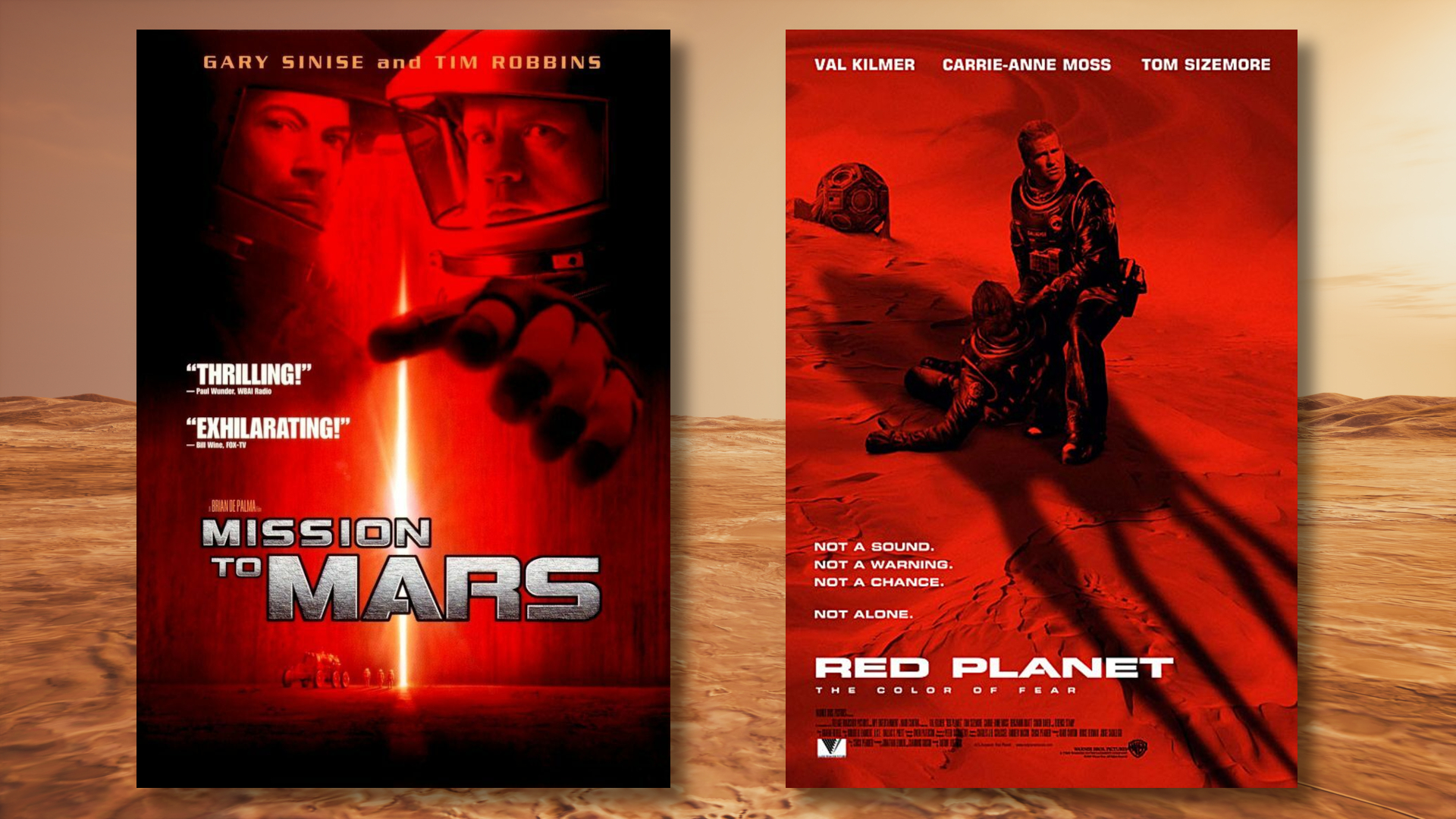Astronauts Become Billiard Balls to Demonstrate Newton's Third Law (Video)
Watch two astronauts curl themselves up like balls in microgravity to demonstrate Newton's third law of motion in a new educational video.
The video is part of NASA's STEMonstrations series, which now has four episodes, and this charming installment features astronaut Mark Vande Hei. Though the video was published on March 15, the filming took place long before then; Vande Hei landed back on Earth in late February 2018 after completing 168 days as an International Space Station (ISS) crewmember with Expedition 54.
Isaac Newton's third law of motion states that for every action there is an equal and opposite reaction. It explains why engines that fire downward send a rocket upward. When a force acts on a massive body that's at rest or traveling in a uniform linear motion, pushback occurs as two opposite forces act simultaneously, the law says. The new STEMonstrations episode explains this phenomenon using earthly examples and two demonstrations aboard the International Space Station. [Watch an Astronaut Test Newton's Second Law of Motion in Space]
In the video, Vande Hei quips about his exceptional basketball dribbling skills in the weightlessness of microgravity aboard the space station. In the next scene, he holds the basketball up to himself, calls it Object 1 and makes himself round like the ball. When he pushes on the basketball, it flies away from him, and because the force that propelled Object 1 has an opposite force, Vande Hei (Object 2) moves slightly back.
Vande Hei would have moved back farther if the mass of the basketball had been larger and more evenly matched Vande Hei's mass. So, he enlists the help of fellow Expedition 54 crewmember Joe Acaba to push away. The result of Vande Hei's exertion this time is a stronger opposite pushback force that makes him travel farther backward than in the first example.
The web video series is part of an initiative by NASA's Education Program and a Year of Education on the Station, which invites astronauts on the ISS to share STEM-based lessons for classrooms with students of all ages.
Follow Doris Elin Salazar on Twitter @salazar_elin. Follow us @Spacedotcom, Facebook and Google+. Original article on Space.com.
Get the Space.com Newsletter
Breaking space news, the latest updates on rocket launches, skywatching events and more!
Join our Space Forums to keep talking space on the latest missions, night sky and more! And if you have a news tip, correction or comment, let us know at: community@space.com.

Doris is a science journalist and Space.com contributor. She received a B.A. in Sociology and Communications at Fordham University in New York City. Her first work was published in collaboration with London Mining Network, where her love of science writing was born. Her passion for astronomy started as a kid when she helped her sister build a model solar system in the Bronx. She got her first shot at astronomy writing as a Space.com editorial intern and continues to write about all things cosmic for the website. Doris has also written about microscopic plant life for Scientific American’s website and about whale calls for their print magazine. She has also written about ancient humans for Inverse, with stories ranging from how to recreate Pompeii’s cuisine to how to map the Polynesian expansion through genomics. She currently shares her home with two rabbits. Follow her on twitter at @salazar_elin.
